Vacuum Pump

What is a Vacuum Pump?
A vacuum pump is a device used to evacuate air and other gases from a chamber to create a vacuum. A vacuum is a condition where the gas pressure is lower than atmospheric pressure, which is essential for many industrial and scientific processes. For example, deep vacuums are necessary in the electronics industry to produce semiconductors and integrated circuits, preventing contamination and ensuring high-precision processes. In the food industry, vacuum packaging extends the shelf life of products and inhibits the growth of bacteria and fungi. Moreover, in the medical field, autoclaves use vacuum to sterilize surgical and medical instruments.
Vacuum pumps are primarily categorized into two types: dry vacuum pumps and ring vacuum pumps, which are further divided into oil-sealed and water-sealed types. Dry pumps are suitable for clean and contamination-free environments, while oil-sealed and water-sealed ring pumps are designed for heavy-duty industrial applications. The selection of an appropriate vacuum pump depends on the specific requirements of each application, including suction capacity, ultimate pressure, and the type of working fluid or gas. Various brands of vacuum pumps are available in the market, each with its unique features and advantages. Vacuum pumps are indispensable tools in numerous industries and applications, and their correct selection is important.
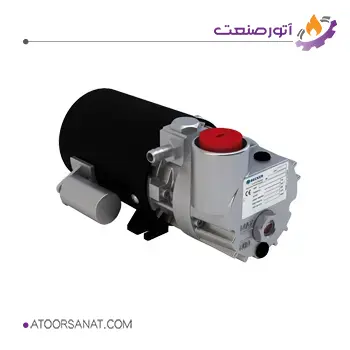
Features:
- Country of Origin: England
- Power: From 0.1 to 18.5 kilowatts
- Applications: For wood, oil and gas, steel, packaging industries, and more.
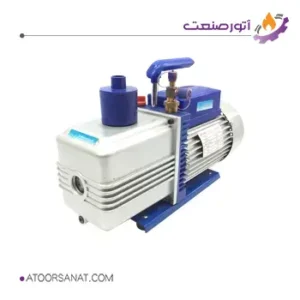
Features:
- Country of Origin: China
- Power: From 1/4 to 1 horsepower
- Applications: For food, oil and gas industries, welding inspection, agriculture, packaging industries, and more.
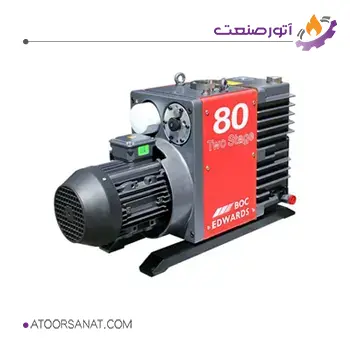
Features:
- Country of Origin: England
- Power: From 1/4 to 3/4 horsepower
- Applications: For wood, oil and gas, steel, packaging industries, and more.
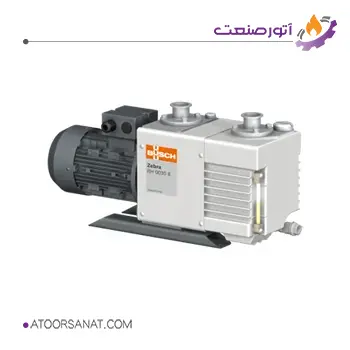
Features:
- Country of Origin: Germany
- Power: 0.2 to 3.7 kilowatts
- Applications: For laboratory use, printing, packaging, goldsmithing industries, and more.
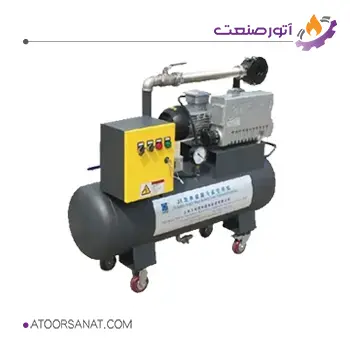
Features:
- Country of Origin: China
- Power: From 0.37 to 7.5 kilowatts
- Applications: For material transfer, part forming, wood, packaging, food, filter industries, and more.
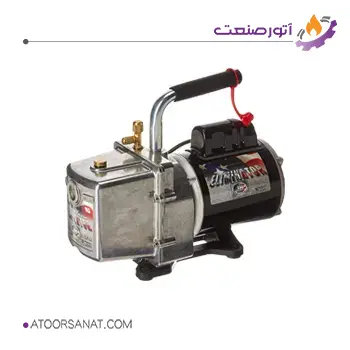
Features:
- Country of Origin: United States
- Power: 1/2 horsepower
- Applications: For wood, oil and gas, steel, packaging industries, and more.
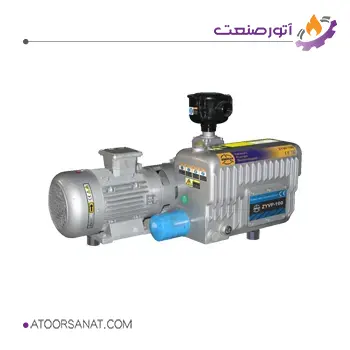
Features:
- Country of Origin: Turkey
- Power: From 0.37 to 18.5 kilowatts
- Applications: For material transfer, part forming, wood, packaging, food, filter industries, and more.
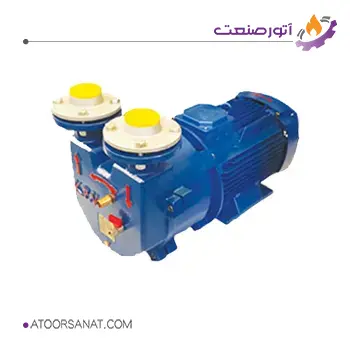
Features:
- Country of Origin: Iran
- Power: 1, 1 1/4, 2, 2 1/2 horsepower
- Applications: For material transfer, part forming, wood, printing industries, and more.

Features:
- Country of Origin: Germany
- Flow Rate: From 40 to 100 cubic meters per hour
- Applications: For wood, oil and gas, steel, packaging industries, and more.

Features:
- Country of Origin: Iran
- Body Material: Alloy bronze or gray cast iron
- Power: From 1.1 to 30 kilowatts
- Applications: For material transfer, part forming, wood, packaging, food, filter industries, and more..
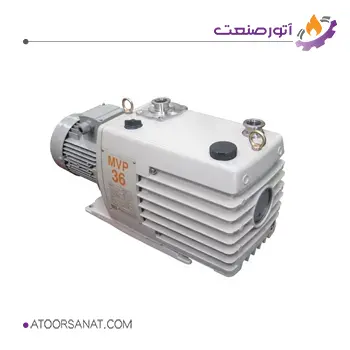
Features:
- Country of Origin: South Korea
- Power: From 0.4 to 2.2 kilowatts
- Applications: For material transfer, part forming, wood, printing, and more.
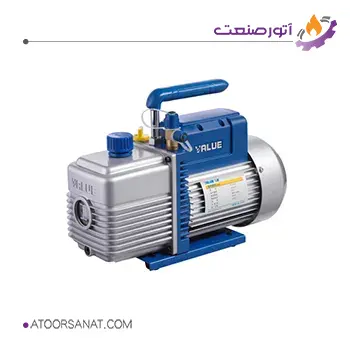
Features:
- Country of Origin: China
- Power: From 1/4 to 3/4 horsepower
- Applications: For wood, oil and gas, steel, packaging industries, and more.
Technical Specifications of a Vacuum Pump
Vacuum pumps have various technical specifications that vary depending on their type and application. Some of the most important technical specifications include:
- Pumping Speed: The volume of gas or air that the pump displaces per unit time, usually expressed in liters per minute (L/min) or cubic meters per hour (m³/h). This specification indicates the pump’s ability to create a vacuum. For example, pumps with higher pumping speeds can evacuate a larger volume of air in a shorter time and are more suitable for applications requiring rapid evacuation.
- Ultimate Pressure: The lowest pressure that the pump can achieve. This pressure is typically measured in millibars (mbar) or pascals (Pa) and indicates the pump’s ability to reach high vacuum levels. For example, turbomolecular pumps can achieve extremely low pressures below one millibar, making them ideal for sensitive applications such as scientific research and semiconductor production.
- Rotational Speed: The rotational speed of the pump, or the number of revolutions it makes per minute (RPM), directly affects its efficiency and performance. Pumps with higher rotational speeds can displace a larger volume of gas in less time, increasing efficiency and speed. However, these pumps usually require more maintenance as their internal components wear out faster due to continuous operation.
- Engine Power: The power consumption of the pump, expressed in watts (W) or kilowatts (kW). Engine power indicates the pump’s energy consumption and operating capacity. Pumps with higher power ratings can perform heavier and more complex tasks, but they also consume more energy.
- Working Fluid: The type of fluid or gas used in the pump, referred to as the “working fluid” or “working gas,” affects the pump’s selection and performance. For example, oil-sealed vacuum pumps, which use oil as the working fluid, are suitable for achieving deeper vacuums. In contrast, water-sealed vacuum pumps, which use water as the working fluid, are more suitable for applications requiring high cooling. The correct selection of the working fluid can improve the pump’s performance and efficiency.
Types of Vacuum Pumps
Vacuum pumps are classified into two main categories: dry vacuum pumps and ring vacuum pumps.
Dry Vacuum Pumps
Dry vacuum pumps operate without the use of liquids like oil or water. As they do not require liquids, these pumps have lower maintenance requirements and are suitable for clean, contamination-free environments. Examples of dry vacuum pumps include diaphragm pumps, rotary vane pumps, and turbomolecular pumps.
Advantages of Dry Vacuum Pumps:
- Contamination-free: Since they do not use oil or water, there is no risk of contaminating the environment or products. This is most important for industries that require a completely clean environment, such as pharmaceuticals and electronics.
- Easy maintenance: The absence of liquid replacement reduces maintenance costs and simplifies repair processes. These pumps generally have longer lifespans and require fewer repairs.
- Efficiency in sensitive environments: Suitable for use in pharmaceutical, food, and electronics industries that require clean environments. These pumps can operate without contaminating sensitive environments, improving product quality and safety.
Oil-Sealed Ring Vacuum Pumps
Oil-sealed ring vacuum pumps use oil as a cooling and lubricating fluid. These pumps offer high efficiency and powerful suction, making them suitable for heavy-duty industrial applications.
Advantages of Oil-Sealed Ring Vacuum Pumps:
- High efficiency: These pumps can create deeper vacuums, which is necessary for many industrial processes. For example, in metallurgy and glass production, deeper vacuums are required.
- Long lifespan: The use of oil reduces wear and tear on the pump’s internal components, increasing its lifespan. This feature enables these pumps to perform better in demanding operating conditions and withstand extended operating times.
- Ability to operate in harsh conditions: Due to the use of oil as the working fluid, oil-sealed pumps have high durability and longevity. They can function well in high temperatures and various environmental conditions. These pumps are designed for heavy-duty tasks and are particularly useful in chemical and petrochemical industries with challenging operating conditions.
Water-Sealed Ring Vacuum Pumps
Water-sealed ring vacuum pumps use water as the cooling fluid and are suitable for applications requiring high cooling. These pumps are commonly used in the chemical and materials processing industries.
Advantages of Water-Sealed Ring Vacuum Pumps:
- Effective cooling: Water’s high heat capacity efficiently absorbs and transfers heat, which is crucial for applications generating high heat, such as chemical and petroleum processes. Compared to oil-sealed pumps, which can encounter issues like reduced oil quality at higher temperatures, water-sealed pumps provide better performance and longevity in high-temperature conditions due to their superior heat management.
- Reduced costs: These pumps generally have lower operating and maintenance costs compared to oil-sealed pumps. Water is readily available at a low cost and does not require frequent replacement or purification, whereas oil-sealed pumps necessitate specialized oils and regular maintenance, including replacement and purification.
- Environmental friendliness: The use of water as the cooling fluid reduces environmental pollution. These pumps are considered a greener option as they use water instead of oil, minimizing their environmental impact.

